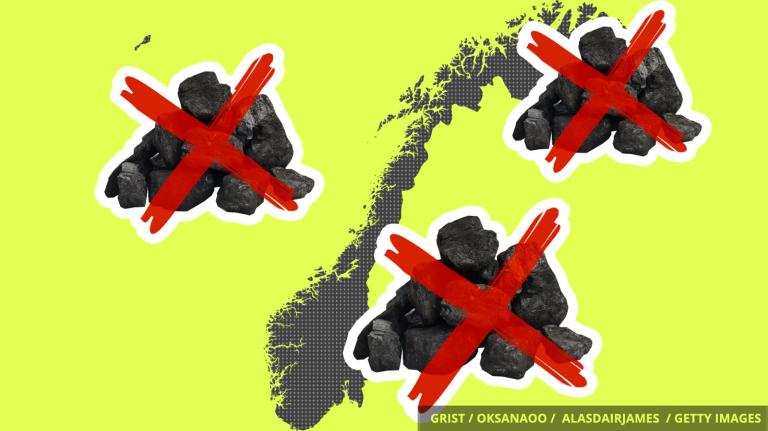It’s Monday, June 17, and Pope Francis had the oil companies over and laid down the (moral) law.
![]()
On Friday, Pope Francis — the spiritual head of state of 1.2 billion people — met with representatives from oil and gas companies at a summit hosted by the Vatican. The supreme pontiff declared a climate emergency and gave an impassioned plea for immediate action to be taken to slash greenhouse gas emissions and ensure a just transition to a lower-carbon world.
His proposed solution? Putting a price on carbon. Many of the world’s leading oil producers — including ExxonMobil, BP, Royal Dutch Shell, Total, and Chevron — have announced their support for such carbon pricing schemes.
Climate change has been a pillar of the pontiff’s leadership of the Roman Catholic Church. In 2015, he explicitly called out climate change’s and pollution’s impacts on the world’s most vulnerable in his encyclical — a papal letter sent to all bishops. It was a first in the history of the Church.
“Our children and grandchildren should not have to pay the cost of our generation’s irresponsibility,” he said, according to The Guardian. “Indeed, as is becoming increasingly clear, young people are calling for a change.”

The Smog
Need-to-know basis
Late Friday, President Trump signed an executive order to cut one-third of all federal scientific advisory committees, a move critics say is furthering his anti-science agenda. The White House said the cuts are long-overdue consolidation to save taxpayer money. But as a member of the Union of Concerned Scientists pointed out to NBC, advisory-board panelists aren’t paid by the government; they’re only reimbursed for government-related travel.
![]()
Four current EPA officials attended a Cooler Heads Coalition meeting in 2018, where Bill Wehrum, the agency’s assistant administrator for air and radiation, gave a presentation, according to emails obtained by HuffPost. Cooler Heads is an organization of adamant climate deniers dedicated to “dispelling the myths of global warming.”
![]()
Greenland lost 2 billion tons of ice last week, in what experts say is a highly unusual rate of melting for June — though it is reminiscent of a record-setting melt in 2012. This could be a bad omen for Greenland in 2019. If this much ice is melting this early in the season, it could be another record year of ice loss, experts told the Washington Post.


